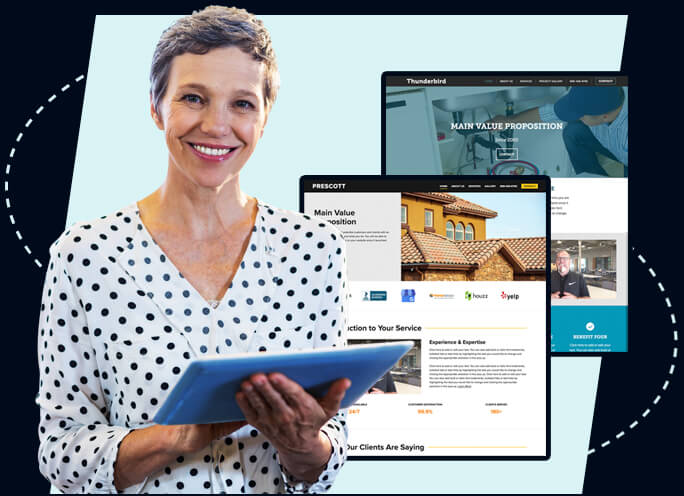5 Tips to Help You Design an Accessible Website
July 1, 2019
It’s only natural for website owners to want to attract as many visitors as possible. But if you don’t take the time to ensure the usability of your website, you won’t be able to achieve this goal. Millions of users rely on the accessibility of the websites they visit. If you keep ignoring their needs, you will continuously lose visitors to your website. This is a big problem, especially if you’re running an e-commerce site. Fewer visitors means fewer leads, meaning less profit.
Fortunately, a website’s poor accessibility is easy to rectify. Here are some steps you can follow for better website accessibility.
Choose Your Content Management System (CMS) Carefully
WordPress and Drupal are just some of the content management systems you can choose from. Once you’ve chosen a CMS, make sure to pick a template/theme that is accessible. Check the theme’s documentation notes for tips and instructions on how to create accessible layout and content for that theme.
Give Your Links a Better Description
Giving your links proper and descriptive names can help users who use screen readers navigate through your website. Visually impaired users would often use their screen readers to scan a website for links. However, if the link only says ‘click here,’ the user won’t know what it’s for. Their tendency is to ignore and move on to the next link since there isn’t any contextual information around it.
Make Sure Images Have Proper Alt Text
Visually impaired users can’t see the images on your website. But by providing an alt text for the images, their screen readers can help them understand what those images are about. Aside from that, alt texts also provide information to search engines about a page since they cannot read images. Proper alt text can help improve your website’s SEO, accessibility, and overall user experience.
Be Careful with the Colors
Colors can also be used to indicate, orient, or direct users through the website. Additionally, by creating contrast between the website’s background and its content, you will be helping those who can’t easily distinguish between colors and their shades to at least determine that there is a contrast in color.
Make it Keyboard-Friendly
Many assistive technologies, like screen readers, rely heavily on keyboard-only navigation. So, an accessible website can work even without the use of a mouse. The most common way to navigate a website without a mouse is with the use of the Tab key. Make sure that all the content of the website can be navigated and accessed using the Tab key.
Website design and development is one of our expertise at Fasturtle Digital. We can help you build an accessible, visually appealing, and SEO optimized website for your business in Phoenix. Contact us for more information.




